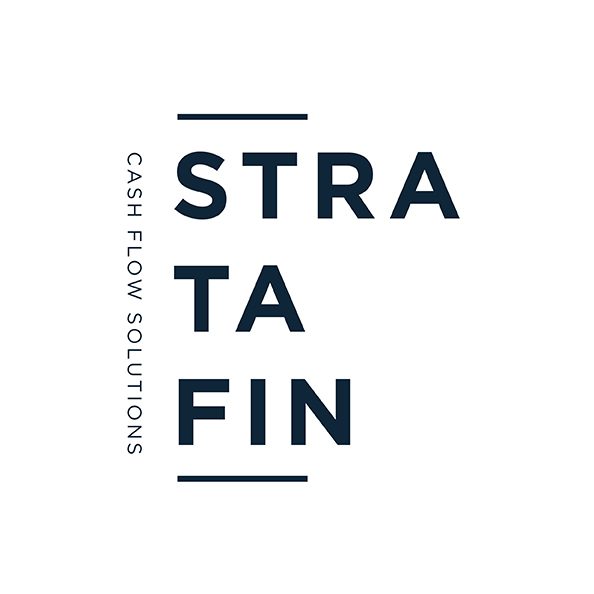Introduction
The limited availability of parking spaces remains a problem within sectional title parking regulations. Older schemes were developed without sufficient parking bays. Nowadays many households own two or more vehicles. Another issue I often come across in practice is the situation where members use their garage for storage or convert it into a room, and then use the visitor’s parking bays for parking their cars. The limited availability of parking bays in schemes puts pressure on visitors’ parking bays. In this article, I will discuss the process to be followed to authorise the creation of additional parking bays on the common property through sectional title parking regulations. These can be used as visitor parking bays or can be allocated to members for their private use. The different ways in which parking bays can be allocated will be dealt with in my next article.
Sectional Title Parking Regulations Process
The creation of additional parking bays on unregulated common property in schemes that do not have sufficient parking spaces will be a reasonably necessary improvement to the common property. PMR 29(2) makes provision for the body corporate to make alterations or improvements to common property that are reasonably necessary.
The trustees must give written notice to all owners. The notice must indicate the intention to proceed with the improvement after a stated date not less than thirty days from the date of posting and provide details of the proposed improvements. The details must include:
- the estimated costs associated with the proposed alterations or improvements;
- details of how the body corporate intends to meet the costs, including details of any special contributions or loans by the body corporate that will be required for this purpose; and
- motivation for the proposal including drawings of the proposed alterations or improvements showing their effect and motivation of the need for them.
On receipt of notice from the trustees, any owner may, request that the trustees convene a special general meeting to deliberate upon the proposals. At this meeting, owners may by special resolution approve the trustees’ proposal with or without amendments.
If any owner does request a special general meeting, the trustees may not proceed with their proposals until the meeting has been held. They are bound by the terms of any special resolution taken at that meeting. If they think owners may want to meet to discuss the issues, the trustees can save time by convening the special general meeting at the same time they give owners notice. If a meeting is called and no special resolution is taken approving the proposed improvements, the trustees may not proceed with the proposed improvements. If no owner requests a meeting within the notice period, the trustees are authorised to proceed with the improvements.
How to take a special resolution
The project may therefore need to be authorised by a special resolution of the body corporate.
These are the steps to take a special resolution:
- When a special resolution is taken at a general meeting there needs to be at least thirty days’ written notice for the general meeting. Notice can be delivered by hand or sent by prepaid registered post to the address of each owner’s unit or to such other address any owner has chosen in writing for the purposes of that notice. The notice must be accompanied by a copy or comprehensive summary of any document that is to be considered or approved by members at the meeting.
- Unlike with unanimous resolutions, there is no raised quorum requirement for passing a special resolution. The quorum requirement is constituted by the members entitled to vote holding one-third of the total votes of members in value. Should the special resolution be passed at a special general meeting, where the quorum is less than fifty percent (50%) of the total value of all members in the scheme, the resolution cannot be implemented for a period of one week, allowing members to take the necessary steps to challenge the resolution passed.
- At least seventy-five percent (75%) in number and value of those present and represented by a proxy or any other legally recognised representative at the meeting must vote in favour of the special resolution for it to be passed. Abstentions do not count as votes in favour of the special resolution. Votes against the resolution do not automatically defeat it as they only count against it. If the votes against the resolution add up to more than twenty-five percent (25%) of the votes in number or value then the special resolution is not passed.
- Alternatively, the special resolution can be taken in writing by round robin. A special resolution taken by round robin needs to be agreed to in writing by members of a body corporate holding at least seventy-five percent (75%) calculated both in value and in number, of all the votes.
How to fund the project according to Sectional Title parking regulations
The creation of additional parking bays in accordance with Sectional Title parking regulations on the common property could be funded in one of three ways:
- The body corporate can include the expense in the next budget presented for approval at the annual general meeting.
- By raising a special levy if it is necessary to create additional parking bays before the next budget approval at the annual general meeting.
- The trustees could convene an SGM with notice that a directive needs to be passed by ordinary resolution of the members of the body corporate to authorise the trustees to use existing and saved funds for this expense.
In order to establish the manner that the body corporate wish the trustees to collect the funds necessary to create the new parking bays we suggest that the trustees either take direction from the body corporate by ordinary resolution or include it as a term in the special resolution to be taken to authorize the creation of the parking bays terms of PMR 29(2).













